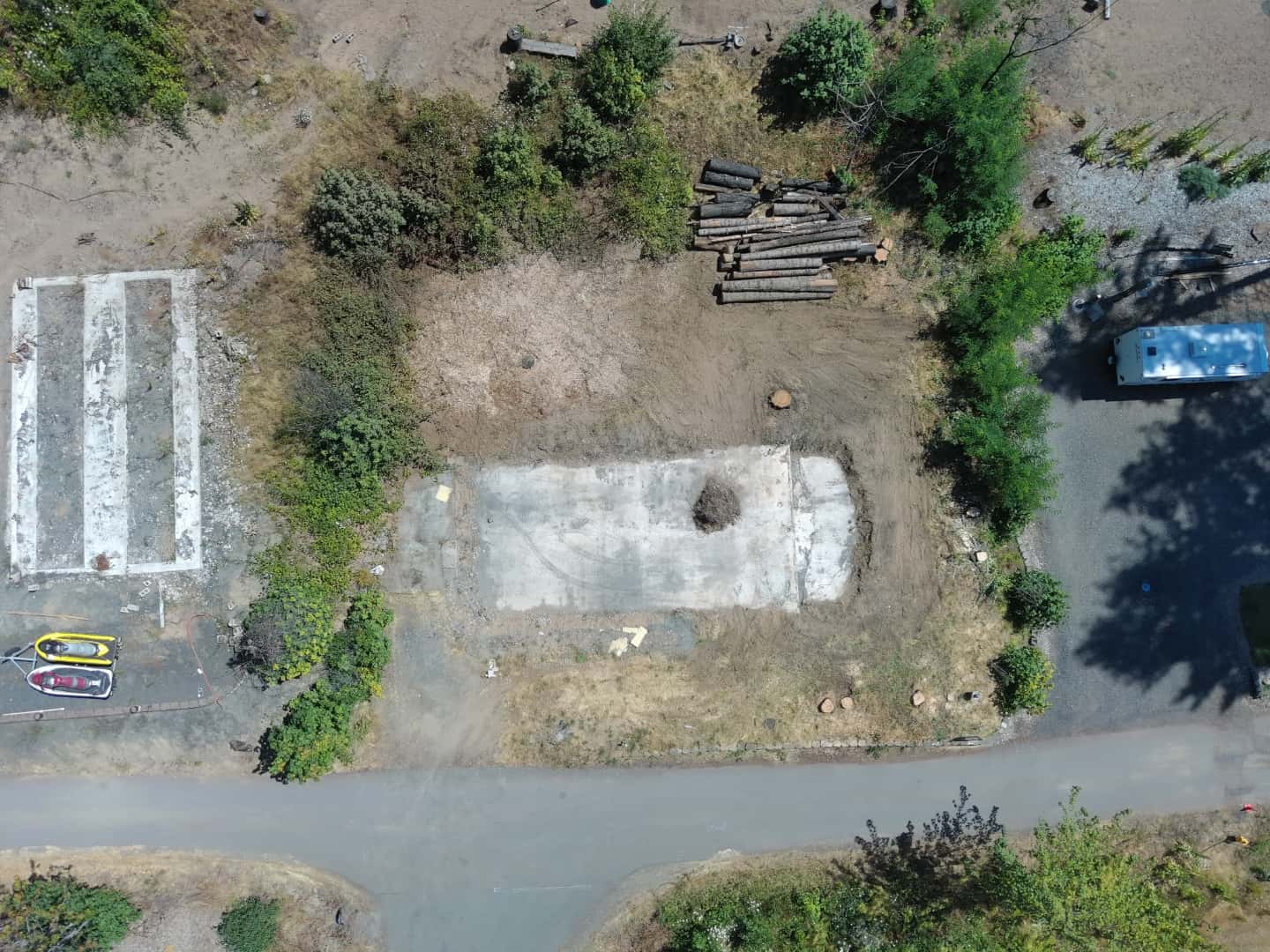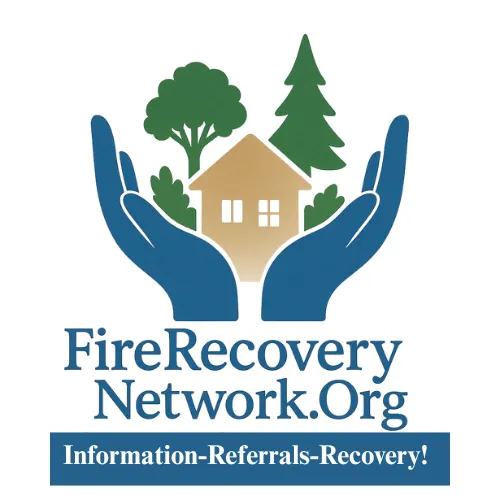Vendors and Referrals

🏠 Interested in Concrete Houses?
I have done a few webinars and research homes made of concrete. The process of manufacturing is fascinating. Concrete homes offer a durable and resilient alternative to traditional wood-frame construction. They are fire proof, wind proof and water proof. There is a whole system and methodology to build a fire safe house. If you want to get in touch with the top experts fill out the form below and tell me what you need and what stage in the rebuilding process you might be at and I will do my best to connect you.
Below is a breakdown of concrete houses features:
🔥 Fire Resistance
Non-Combustible Construction: Concrete is inherently fireproof. It does not burn, melt, or release toxic fumes when exposed to flames.
Fire Testing: Concrete walls have been tested to resist fire for several hours under ASTM E119 and similar standards, helping prevent structural failure in wildfire or house fire scenarios.
No Fuel Contribution: Unlike wood-framed homes, concrete does not provide a combustible fuel source, which reduces the spread and intensity of fires within the structure.
Implication: Concrete homes are far more resilient to wildfire exposure and internal fires, offering long-term protection and potentially reducing loss in fire events.
🔫 Ballistic Resistance
Mass and Density: The thick, dense walls of concrete homes can resist penetration from small arms and flying debris better than wood or metal-framed construction.
Security Applications: In some contexts, concrete homes have been used for secure facilities and shelters due to their ability to stop or slow projectiles.
Implication: While not typically designed with ballistic protection in mind, standard concrete walls provide a notable level of resistance to gunfire and forced entry compared to conventional residential construction.
💧 Water and Mold Resistance
Moisture Resistance: Concrete does not rot or support mold growth
Flood Recovery: After flooding, concrete walls can often be cleaned and restored without replacement, unlike drywall and insulation in wood-framed homes.
Implication: Concrete homes are more resilient in wet conditions and recover more easily from flood events, helping avoid secondary issues like mold infestation.
🧱 Construction Characteristics
Structural Integrity: Concrete homes can be constructed using a variety of methods (poured-in-place, precast panels, or Insulated Concrete Forms/ICFs), all of which provide exceptional strength.
Energy Efficiency: Concrete's thermal mass helps regulate interior temperatures and reduce energy usage when combined with proper insulation.
Finishes: The exterior can be finished with stucco, siding, or decorative concrete finishes for aesthetic appeal.
There are many considerations when looking at a fire proof concrete house. The house and the windows are key, the landscape and the hardscape and having defensible space are critical. I have gone deep on the subject and know the Architects, the manufactures and the builders. So if you want to know more reach out to me and I will do my best to connect you to the right expert at the right time for you and your journey.

🛠️ Need Your Lot Cleared?
Before you rebuild, you need a clean, safe lot — and we’re here to help. Whether you're dealing with fire damage, starting new construction, or just need land cleared, we’ll guide you through the process.
Let us know what you need. Fill out the form below and someone from our team will connect with you to get things moving quickly and safely.

Articles that can help
The Truth About the Army Corps Lot Clearing Program – A Homeowner’s
Frustration
After losing everything in the Palisades Fire, I thought at least the cleanup would be
straightforward. I was wrong...
SB 549 & the Eaton Fire: What Pacific Palisades Residents Should Know
Could the county place low-income housing in fire-ravaged neighborhoods?...
SB9 Could Threaten Pacific Palisades Recovery, Warns Traci Park
Over 5,000 Homes Lost: Why SB9 Could Put Pacific Palisades at Risk
Wildland arsonist sentenced to death after five firefighters died in the Esperanza Fire
What happens when arsonists ignite disaster—and how the law responds...
Summary of Bill SB749
This bill strengthens and clarifies the rights of mobilehome park residents in California
SB 79, The Fraud Which Keeps On Destroying
SB 79 is California legislature’s most recent attempt to transfer wealth from Angelenos to Wall Street.
Delayed Evacuation Alerts During the Eaton & Palisades Fires
An independent after-action review commissioned by Los Angeles County has revealed serious shortcomings in the county’s emergency alert and...
Important Videos
Accessible for Everyone
Send us your story
Want to share your story? Send it to us by clicking Here.
Send us your great resources to share with everyone
Want to share some great resources to everyone? Sent it Here.
Tell us what is your greatest need right now?
You can tell us what's your greatest needs Here.
